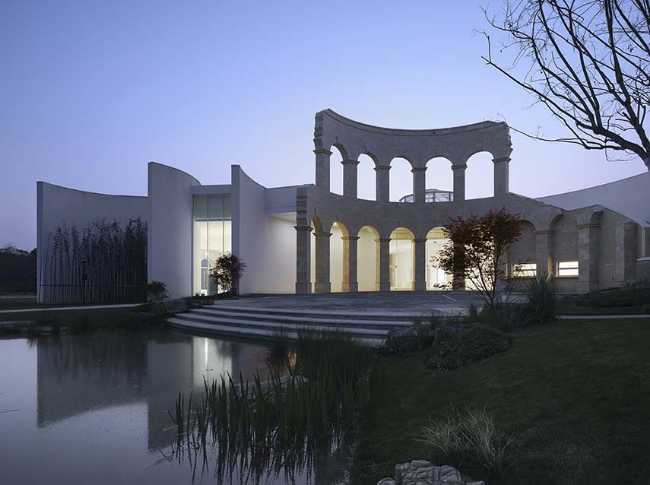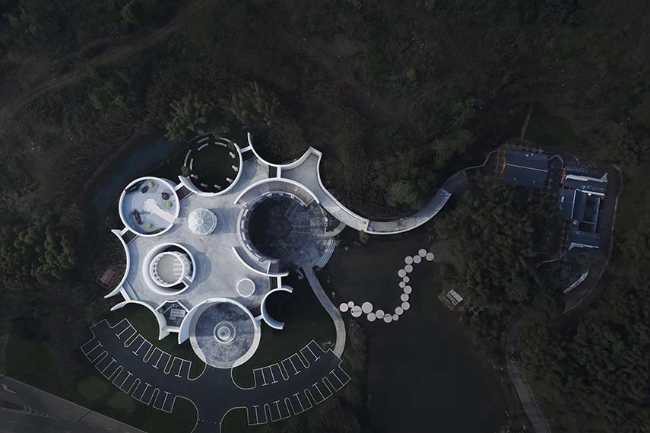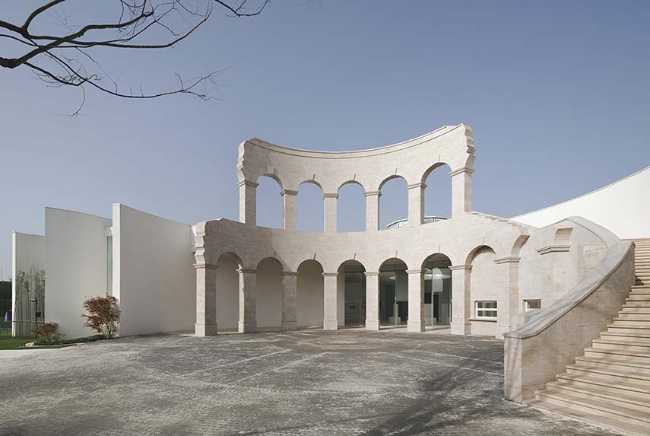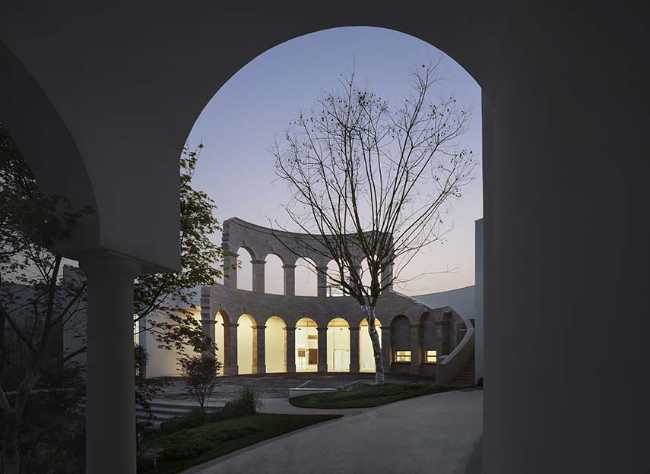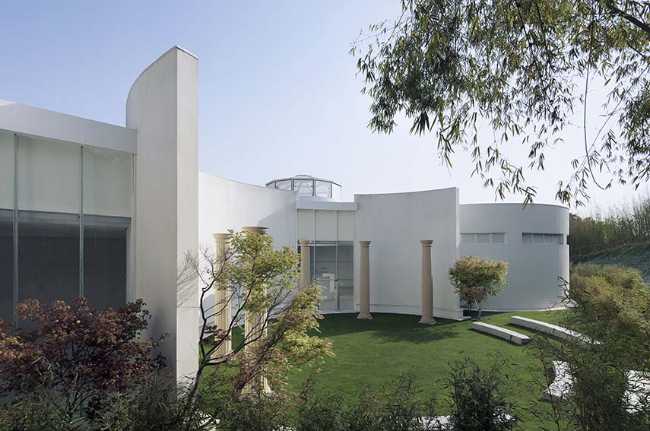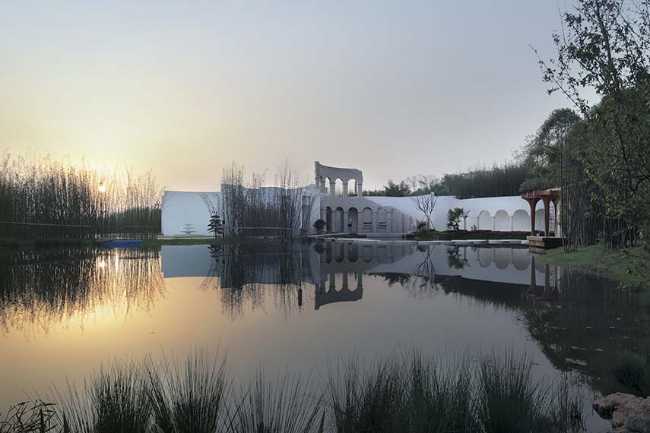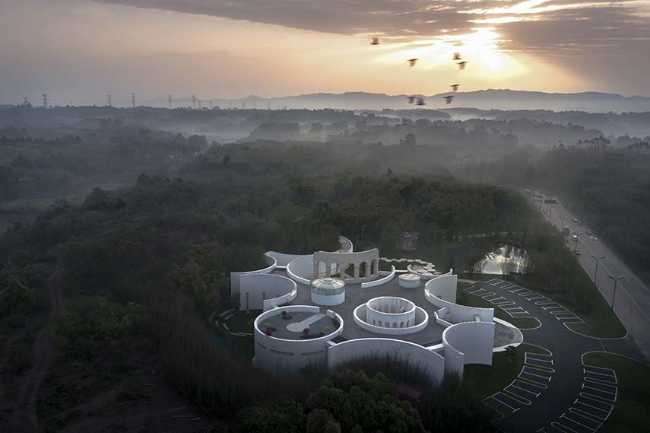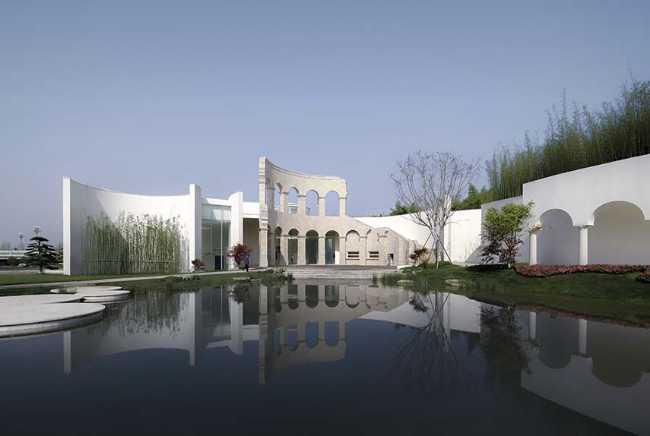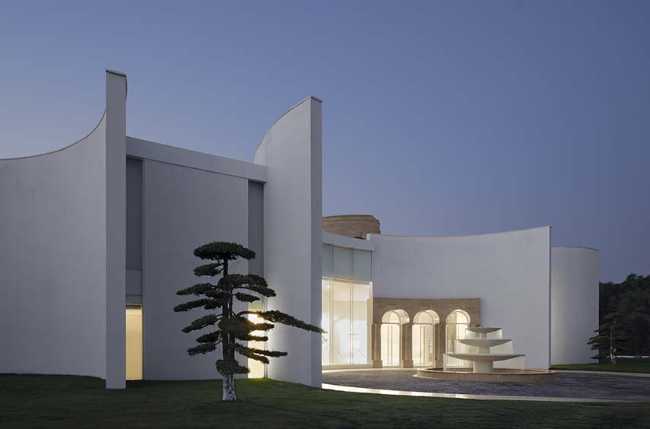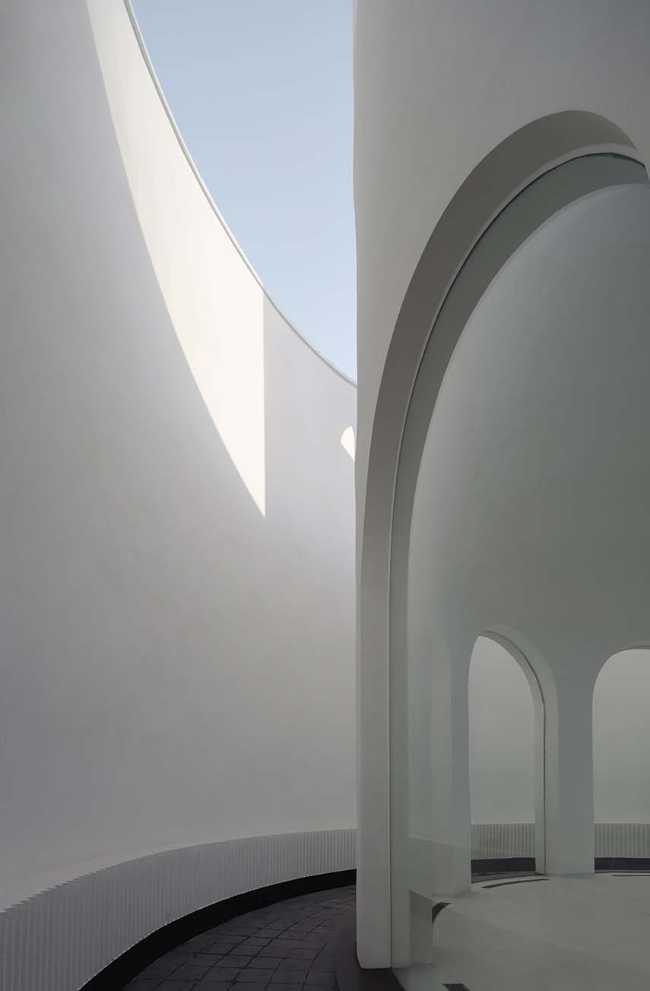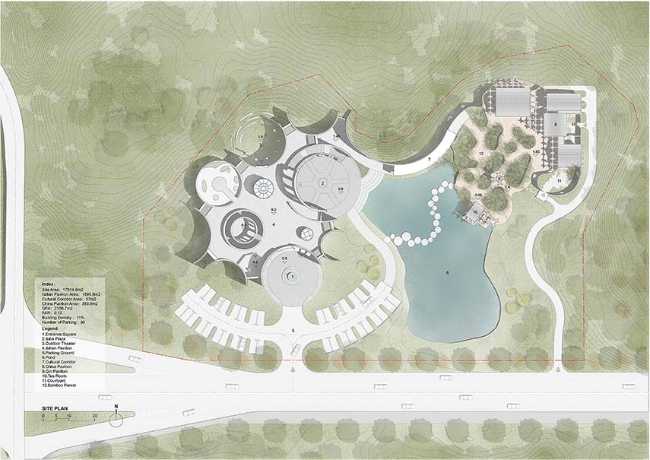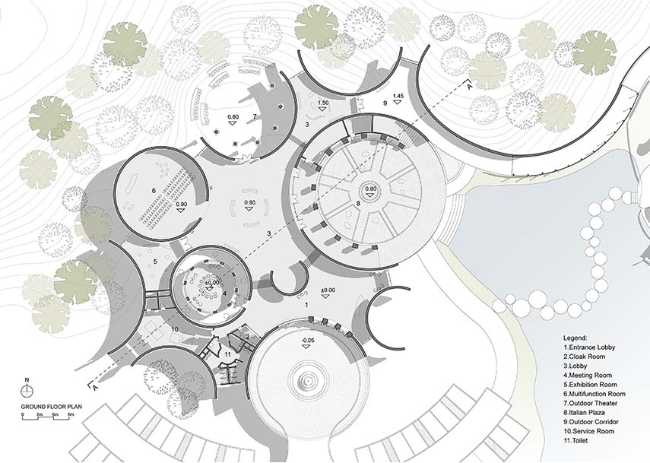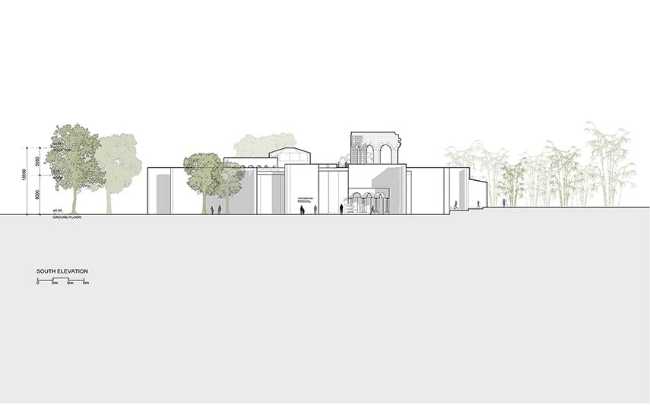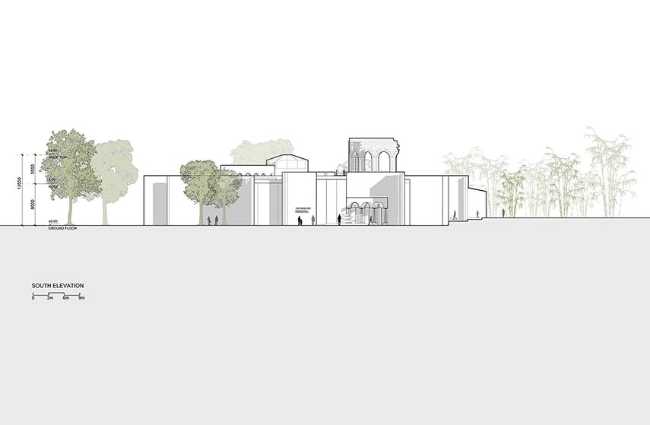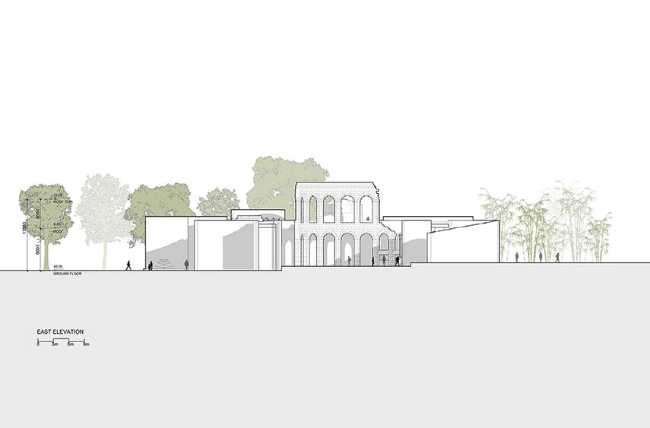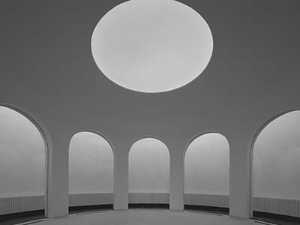Chengdu has a civilization history of 4,500 years and a city-building history of 2,300 years. In the 13th century, Marco Polo arrived here, initiating communication between the two nations. In the 21st century, architects from the aoe studio design the Sino-Italian Cultural Exchange City Reception Center, which becomes a significant part of the city, drawing inspiration from the intersection and differences between Eastern and Western cultures
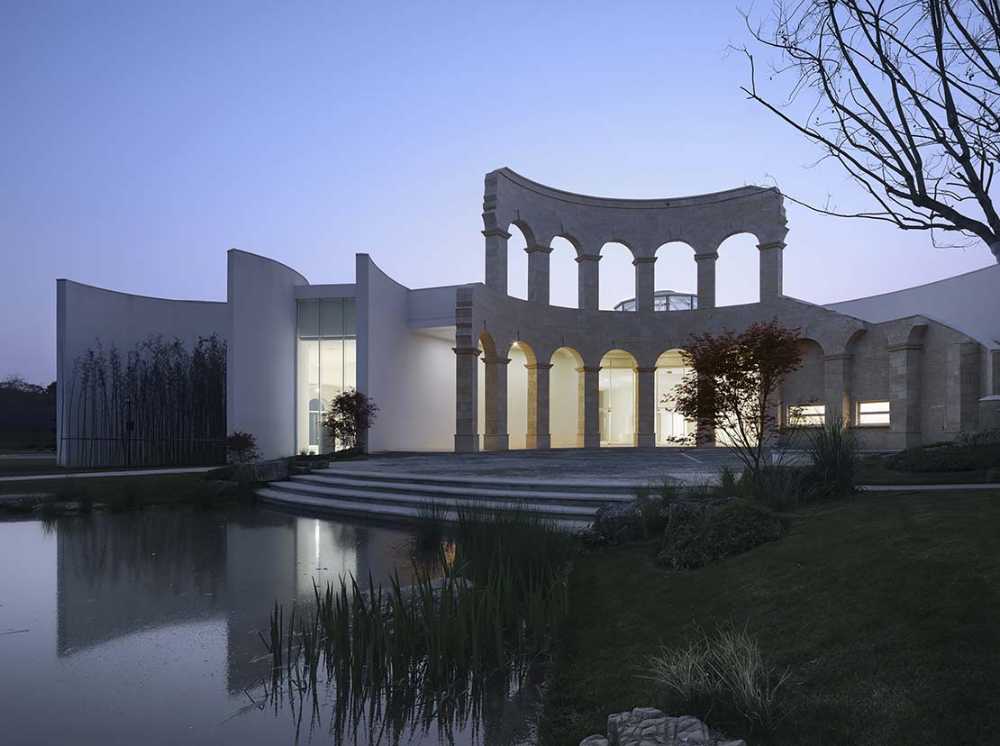
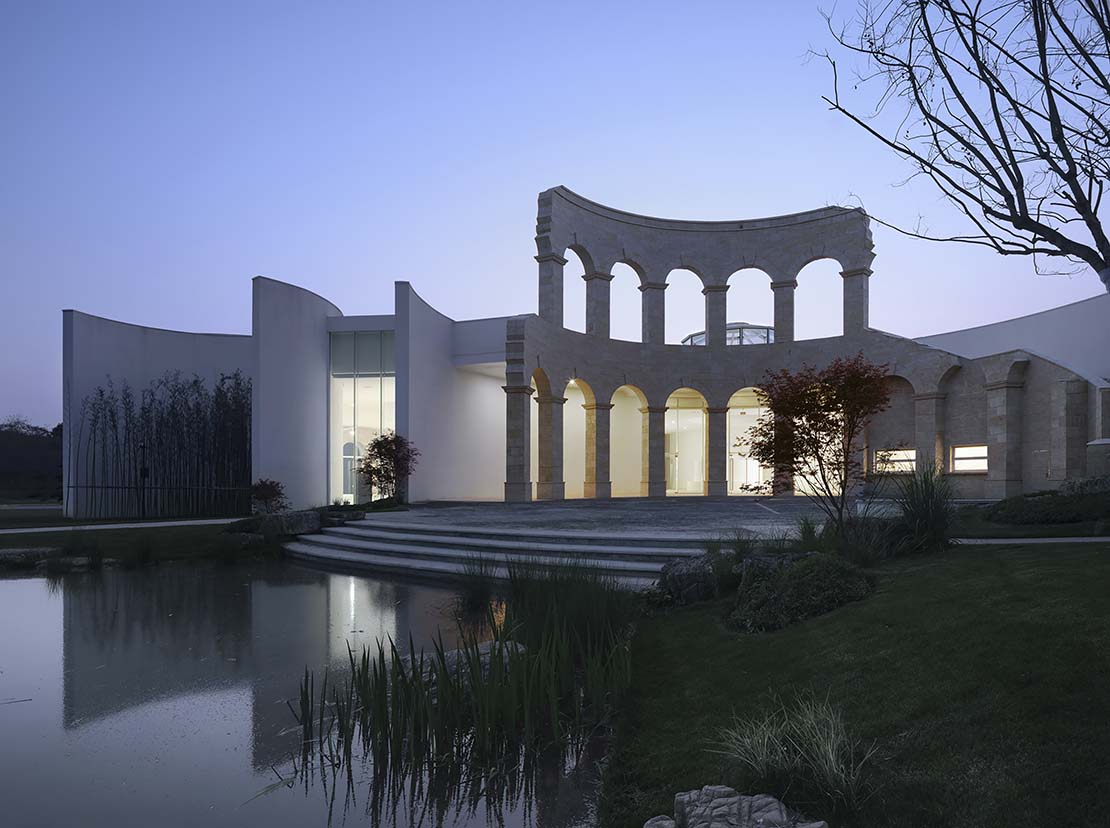
Sino-Italian Cultural Exchange City Reception Center: A town hall hidden in the forest
The design for the Sino-Italian Cultural Exchange City Reception Center in Chengdu, China, revolves around the blend of Italian and Chinese styles to depict the cultural fusion and seamlessly merge the structure with its surroundings
- #Asia
- #China
- #Architectures
- #New construction
- #Culture and Services
- #Cultural center
- #Exhibition / Temporary Installation
- #Museum
- #Design
- #Architecture
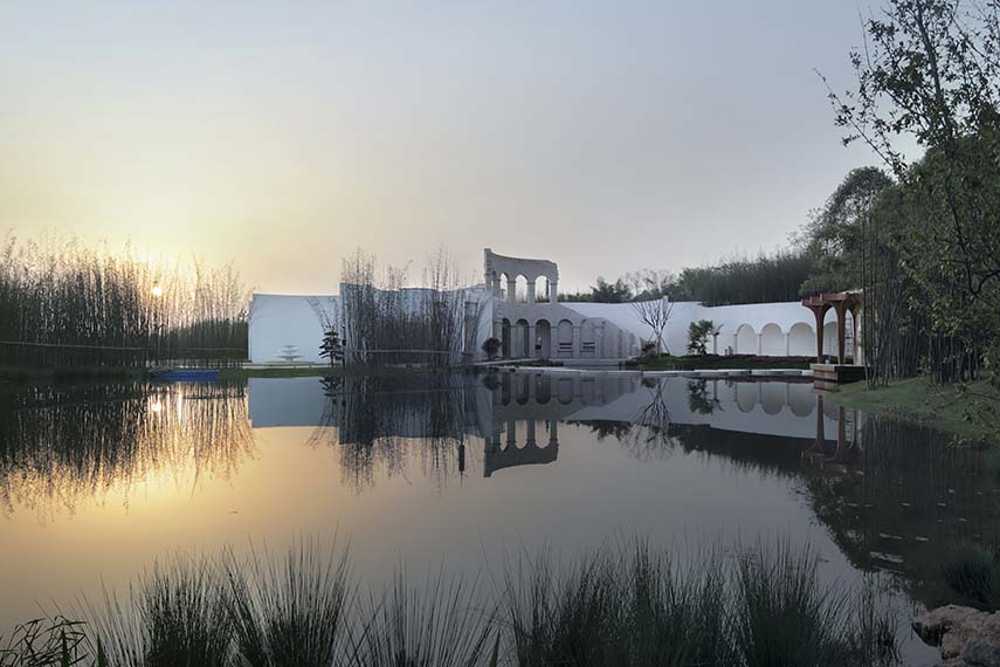
The overall design concept was drawn from the "Ruyi", a gift used in China since ancient times for foreign ambassadors as a sign of peace and friendship. The design of the Italian pavilion takes its inspiration from Italy's most representative square: an intimate and pleasingly scaled urban art lounge. Design elements are extracted from ancient Roman arches and domes; the space of multiple circular squares is used for a rich and versatile purpose that meets the multifunctional needs of exhibition, meeting, reception, and catering of the Center
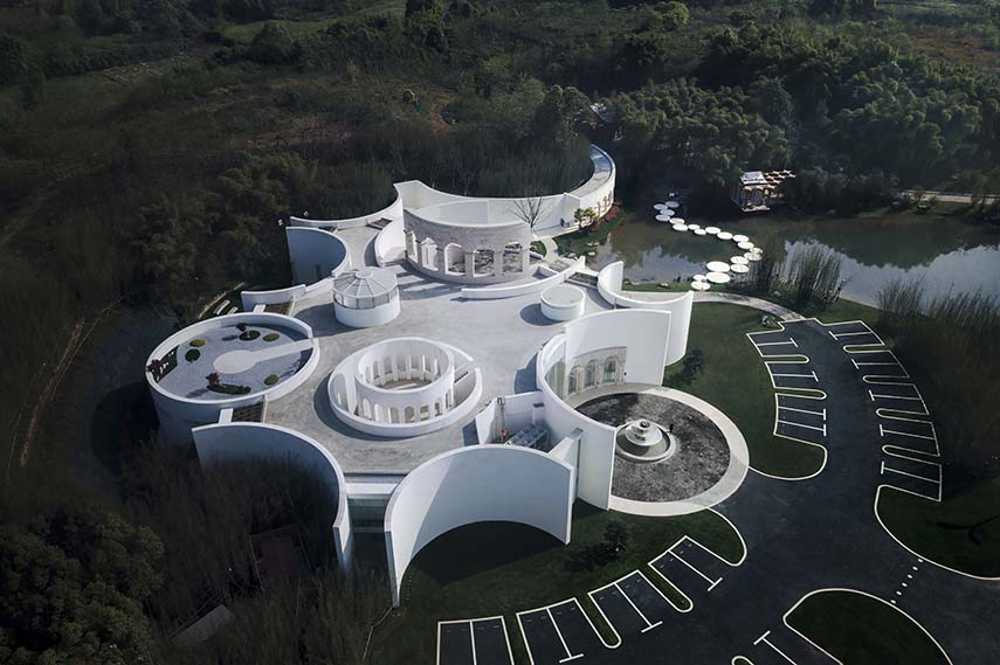
The use of pure white on all walls gives the building a three-dimensional light effect. The interior of the building is a flowing space shaped by 10 circular walls. Except for the solid round wall, both the interior and exterior boundaries are all made of glass: the surrounding natural landscape becomes part of the exhibition in the form of a framed backdrop. The visitor passes through the tympanum to the Italian square and ascends a curved staircase to the rooftop garden
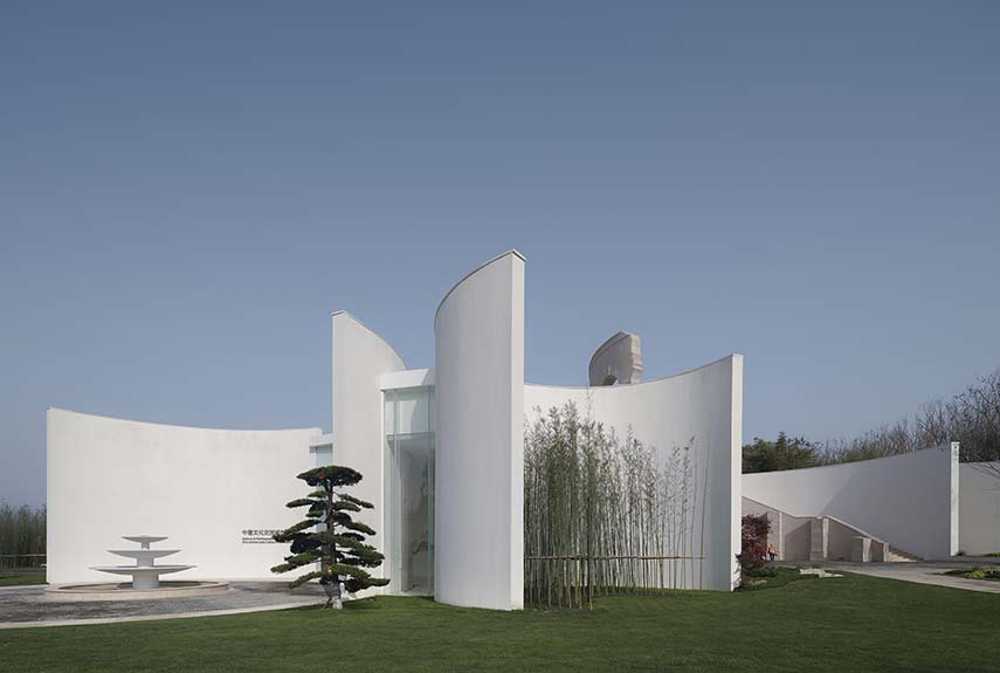
The harmony between architecture and nature lies in the utilization of natural resources and environmental protection: the building's design employs materials such as Low-E glass, local wood, and green roofs to reduce energy consumption. In terms of space planning, the designers allocated the most flexible space for the exhibition. The staggered height of the building allows visitors to stand at different heights and view various scenes, creating a "walk in the woods" mood and a unique experience
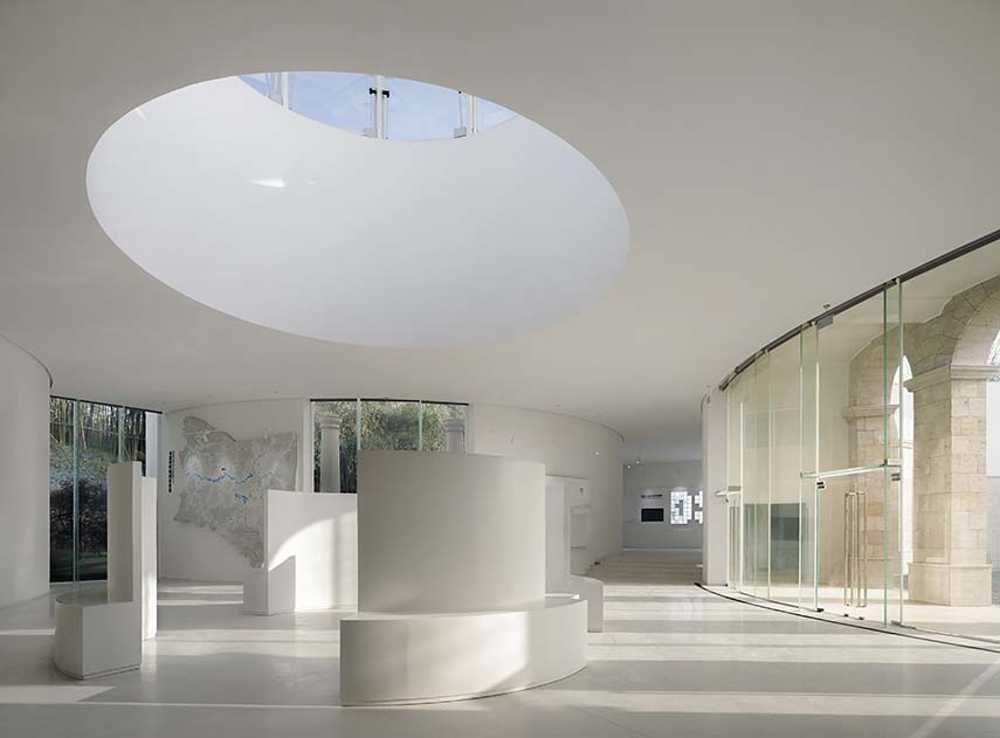
The Chinese Cultural Hall on the east side of the complex can be accessed by walking through the cultural corridor or crossing the extended Chinese white jade floor over the water mirror. The two pathways symbolize the two Silk Roads between East and West, on land and over water
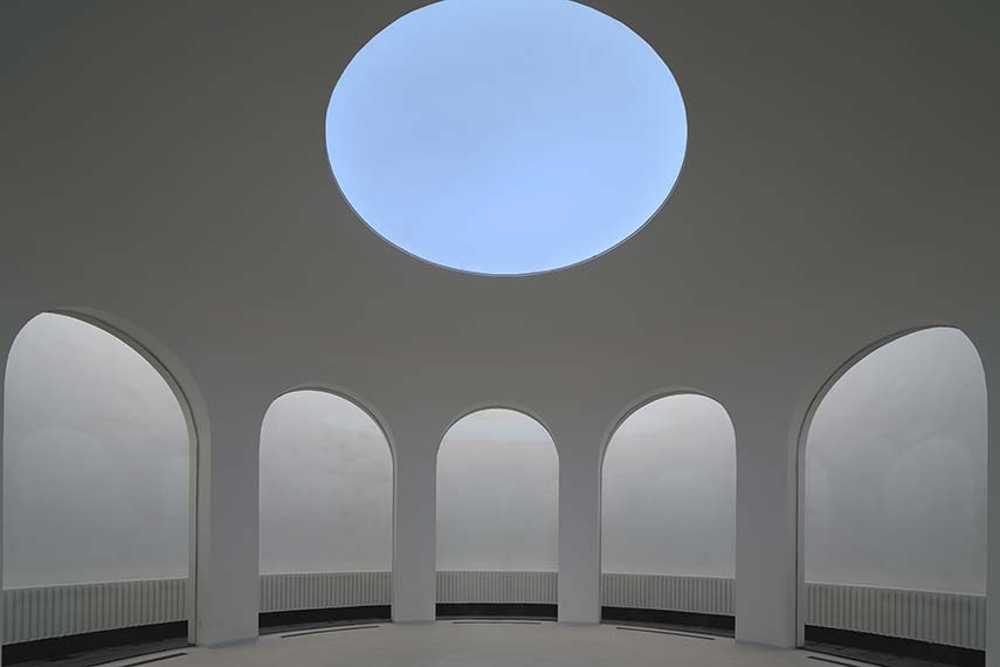
Gallery
Photo credits
Top image, content and gallery images: Arch-exist Photography
Disegni: Pepa Díaz Arquitecta
Drawings: Pepa Díaz Arquitecta
Diseños: aoe
Designers credits
Lead Architects: Wen Qun
Design Team: Ma Jianning, Fan Ruixue, Wang Ye, Chang Zhiyu, Pan Jichang, Li Xiangting, Lu Yu
Interior: Zhu Dan, Du Jing, Liu Jingyi, Xue Yawen, Liu Chen
Companies credits
Clients: Tianfu Investment Group Co., LTD
Structure Engineer: CSCEC AECOM CONSULTANTS CO., LTD

